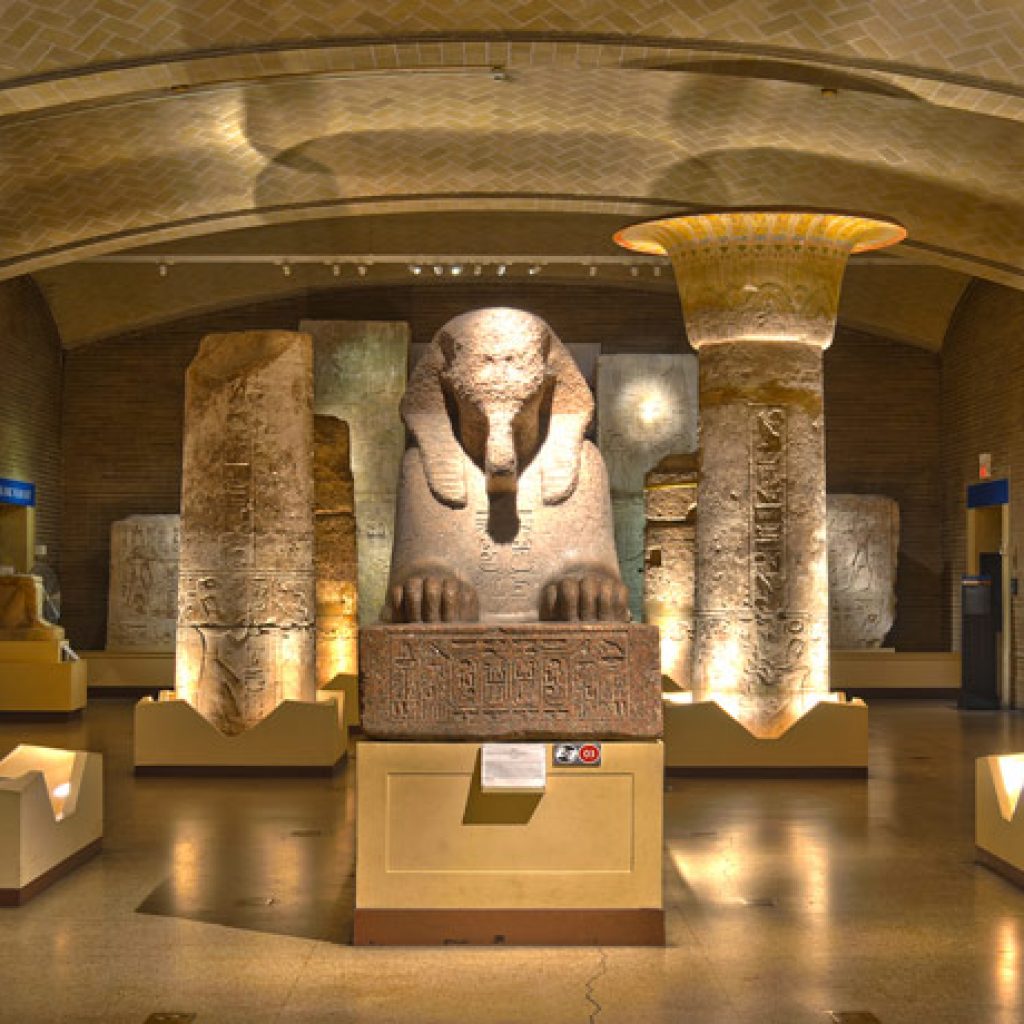
Table of Contents:
- Introduction
- A Historical Look at the Egyptian Museum in Cairo
- Museum Architecture and Design
- The Ground Floor Collection at the Museum
- The First-Floor Collection at the Museum
- King Tutankhamun’s Wealth
- The Royal Mummy Room
- The Amarna Collection
- Unique Artifacts and Exhibits
- Visitor Information and Tips
- Conclusion
- FAQs
Introduction
The Egyptian Museum in Cairo brims with ancient history, showcasing one of the largest collections of Pharaonic antiquities worldwide. Established in 1902, this museum has been the guardian of Egypt’s rich cultural heritage for over a century. With more than 120,000 artifacts on display, visitors are treated to a fascinating journey through time, exploring the lives, beliefs, and achievements of the ancient Egyptians. This article explores the history, architecture, and top exhibits of The Egyptian Museum in Cairo, providing a thorough guide for future visitors to this iconic institution.
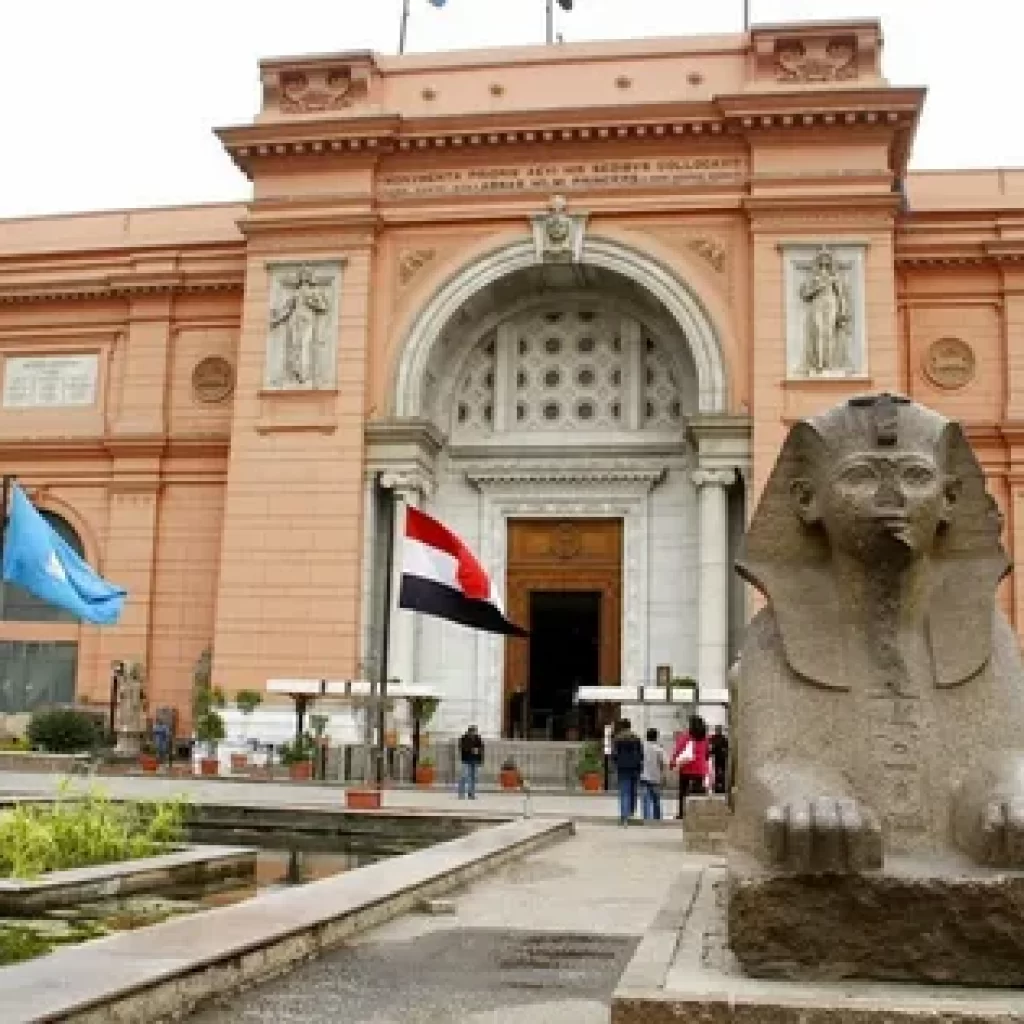
1. A Historical Look at the Egyptian Museum in Cairo
The Egyptian Museum in Cairo was officially opened in 1902, but its origins trace back to the mid-19th century when the Egyptian government began efforts to curb the rampant looting of ancient sites. The museum was originally housed in Boulaq, then moved to Giza, before settling in its current location in Tahrir Square. The museum’s establishment marked a significant milestone in Egyptology, providing a permanent home for the country’s priceless antiquities and serving as a center for research and education on ancient Egyptian civilization.
2. Museum Architecture and Design
Designed by French architect Marcel Dourgnon, The Egyptian Museum in Cairo is an impressive example of neoclassical architecture. The building’s facade is adorned with intricate carvings and statues that reflect Egypt’s ancient past. Inside, the museum is organized into two main floors, each offering a different perspective on Egypt’s history. The ground floor focuses on larger artifacts, such as statues and sarcophagi, while the first floor is dedicated to smaller objects, including jewelry, papyrus scrolls, and the famed treasures of King Tutankhamun. The museum’s design is both functional and aesthetically pleasing, creating an atmosphere that enhances the visitor’s experience.
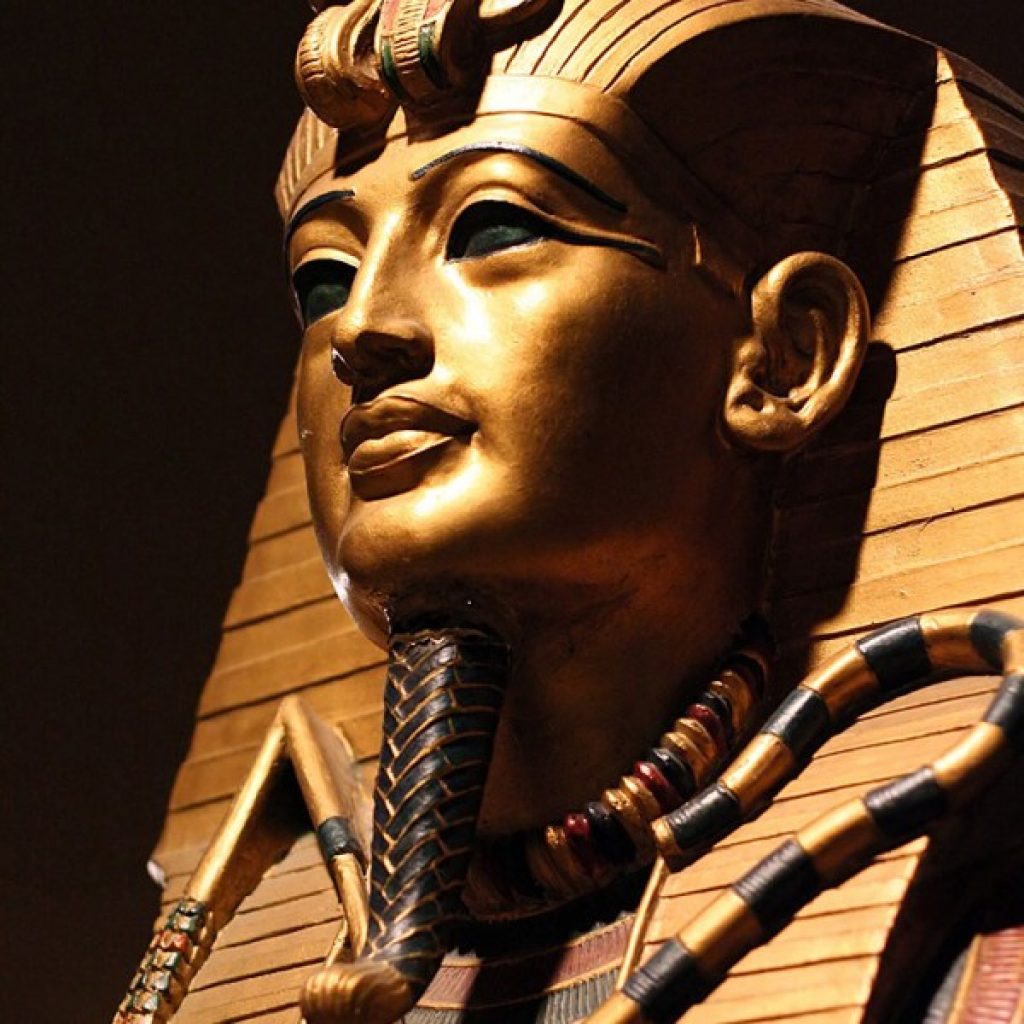
3. The Ground Floor Collection at the Museum
The ground floor of The Egyptian Museum in Cairo houses some of the most remarkable artifacts from ancient Egypt.As you enter, you are greeted by colossal statues of pharaohs and gods, each telling a story of power and divinity. Among the highlights are the statues of Amenhotep III and his wife, Queen Tiye, which stand as a testament to their enduring legacy. The ground floor also houses an extensive collection of sarcophagi, intricately decorated with scenes from the afterlife, providing insight into the Egyptians’ beliefs about death and the journey to the next world.
4. The First-Floor Collection at the Museum
Ascending to the first floor, visitors are transported to a more intimate world of ancient Egypt, where the focus shifts to the daily lives of the people. This floor is filled with smaller artifacts, including tools, pottery, and jewelry, which offer a glimpse into the everyday activities of ancient Egyptians. A prominent exhibit displays papyrus scrolls, highlighting some of theearliest known writings, including religious texts, legal documents, and literary works.The first floor also showcases a stunning array of jewelry, reflecting the craftsmanship and artistry that flourished during Egypt’s dynastic periods.
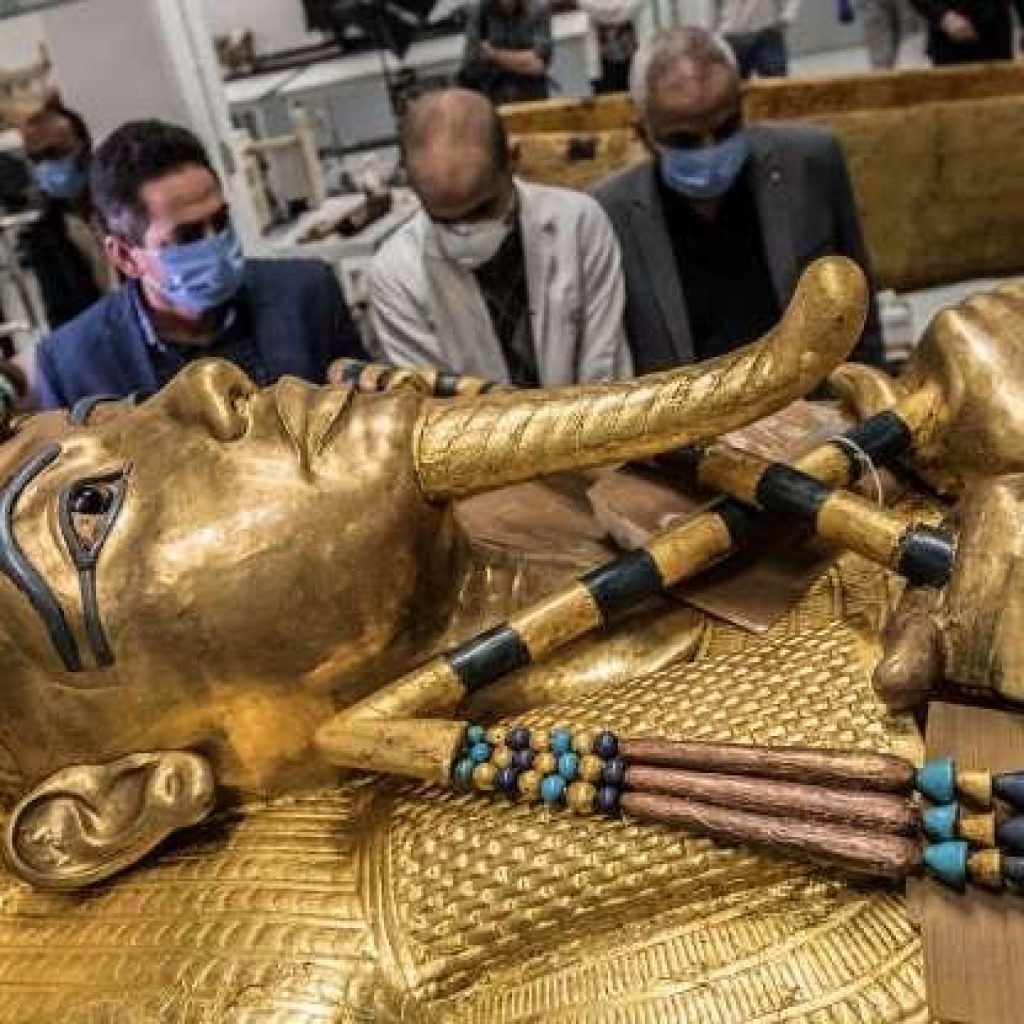
Perhaps the most famous exhibit in The Egyptian Museum in Cairo is the collection of treasures from the tomb of King Tutankhamun. Discovered by archaeologist Howard Carter in 1922, these artifacts have captivated the world with their beauty and mystery. The centerpiece of the collection is the iconic gold mask of Tutankhamun, which has become a symbol of ancient Egypt. In addition to the mask, the exhibit includes a vast array of items that were buried with the young king, such as his golden throne, chariots, and jewelry. Each piece offers a glimpse into the opulence and sophistication of the 18th Dynasty.
The Royal Mummy Room is one of the most fascinating and eerie attractions in The Egyptian Museum in Cairo. This special exhibit allows visitors to come face-to-face with some of Egypt’s most famous pharaohs, including Ramses II and Hatshepsut. The mummies rest in climate-controlled cases, ensuring their preservation for future generations while letting current visitors admire the ancient Egyptians’ preservation methods. The Royal Mummy Room provides a poignant reminder of the pharaohs’ quest for immortality and their belief in the afterlife.
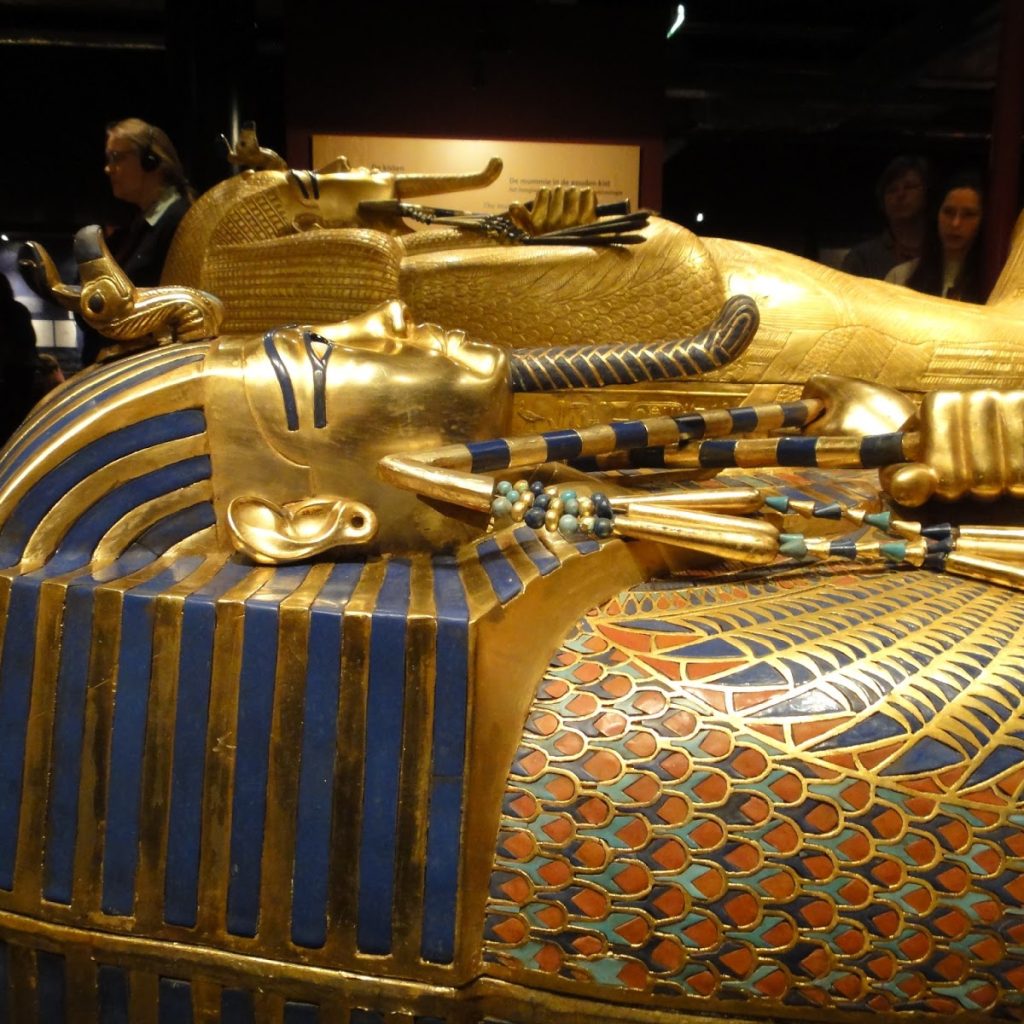
The Egyptian Museum in Cairo features the Amarna Collection, highlighting one of ancient Egypt’s most fascinating eras.This collection highlights Akhenaten’s reign, the contentious pharaoh who sought torevolutionize Egyptian religion by promoting the worship of one god, Aten.The artifacts in this collection include statues, reliefs, and pottery that reflect the unique artistic style of the Amarna period. Among the highlights is the bust of Nefertiti, Akhenaten’s queen, whose beauty has captivated audiences for centuries.
8. Unique Artifacts and Exhibits
The Egyptian Museum in Cairo is home to many unique artifacts that cannot be found anywhere else in the world. One such artifact is the Narmer Palette, an ancient ceremonial engraving that depicts the unification of Upper and Lower Egypt. Another noteworthy exhibit is the collection of Fayum mummy portraits, which are some of the earliest examples of portrait art. These portraits offer a rare glimpse into the faces of ancient Egyptians, combining traditional funerary practices with a more personalized representation of the deceased.
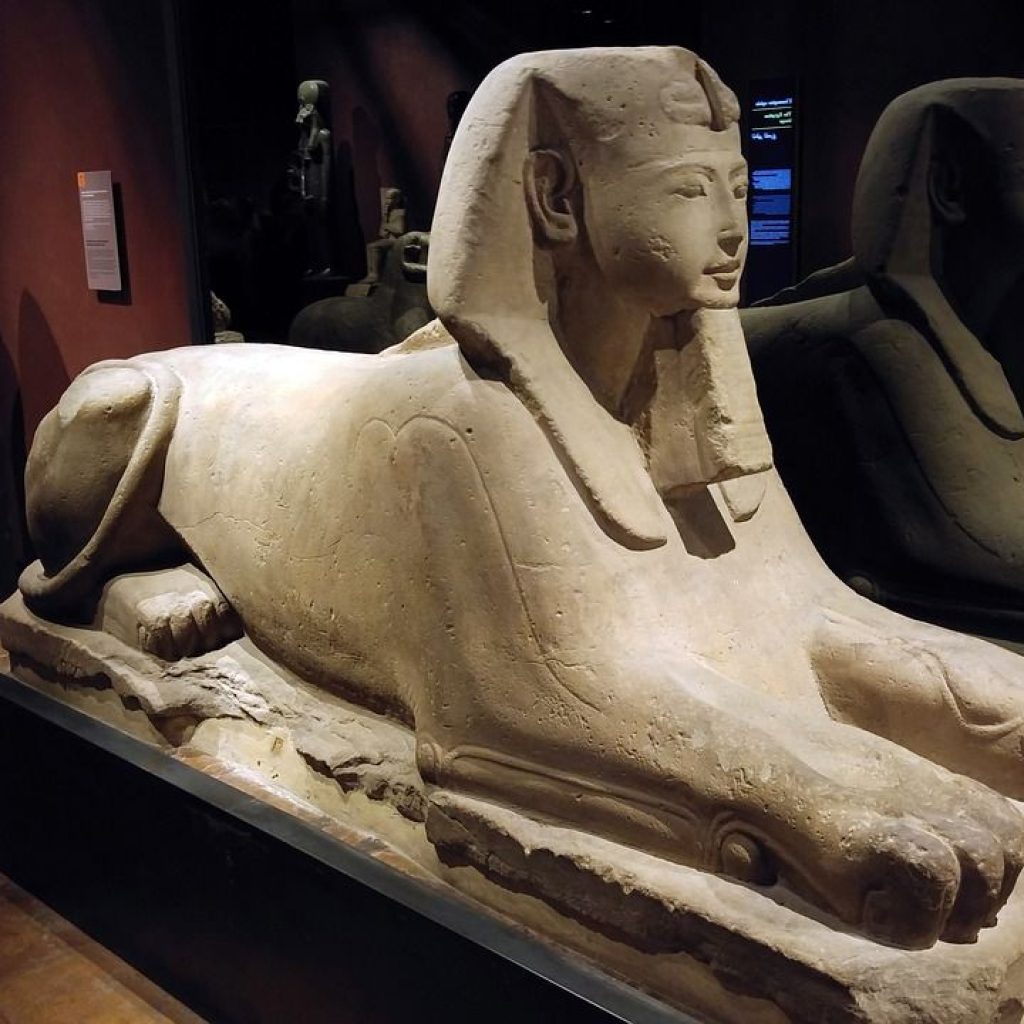
9. Visitor Information and Tips
Visiting The Egyptian Museum in Cairo is a must for anyone interested in ancient history. Prepare in advance to maximize your visit.The museum stands in Tahrir Square and is easily accessible by public transportation. It’s best to arrive early in the morning to avoid the crowds, especially if you want to spend time in the popular exhibits like the King Tutankhamun collection. The museum offers guided tours in multiple languages, which can enhance your experience by providing deeper insights into the artifacts. Don’t forget to bring a camera, as photography is allowed in most areas of the museum.
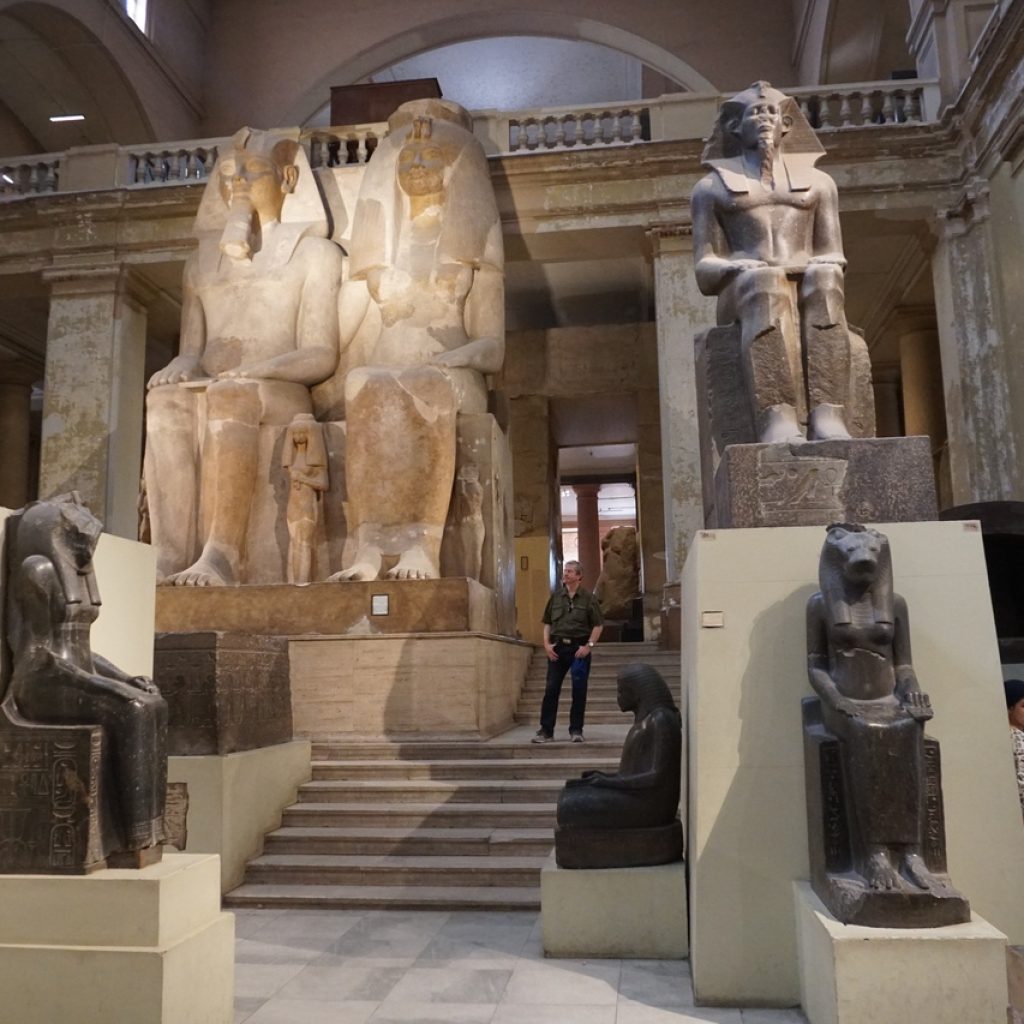
The Egyptian Museum in Cairo is more than just a museum; it’s a journey through thousands of years of history. The museum showcases a thorough look at one of the oldest and most captivating civilizations, from the splendor of the pharaohs to the daily lives of ancient Egyptians. Be you a history lover or a casual guest, the museum’s extensive artifact collection will surely leave a lasting impression. With its rich history, stunning architecture, and unparalleled exhibits, The Egyptian Museum in Cairo remains a must-visit destination for anyone traveling to Egypt.
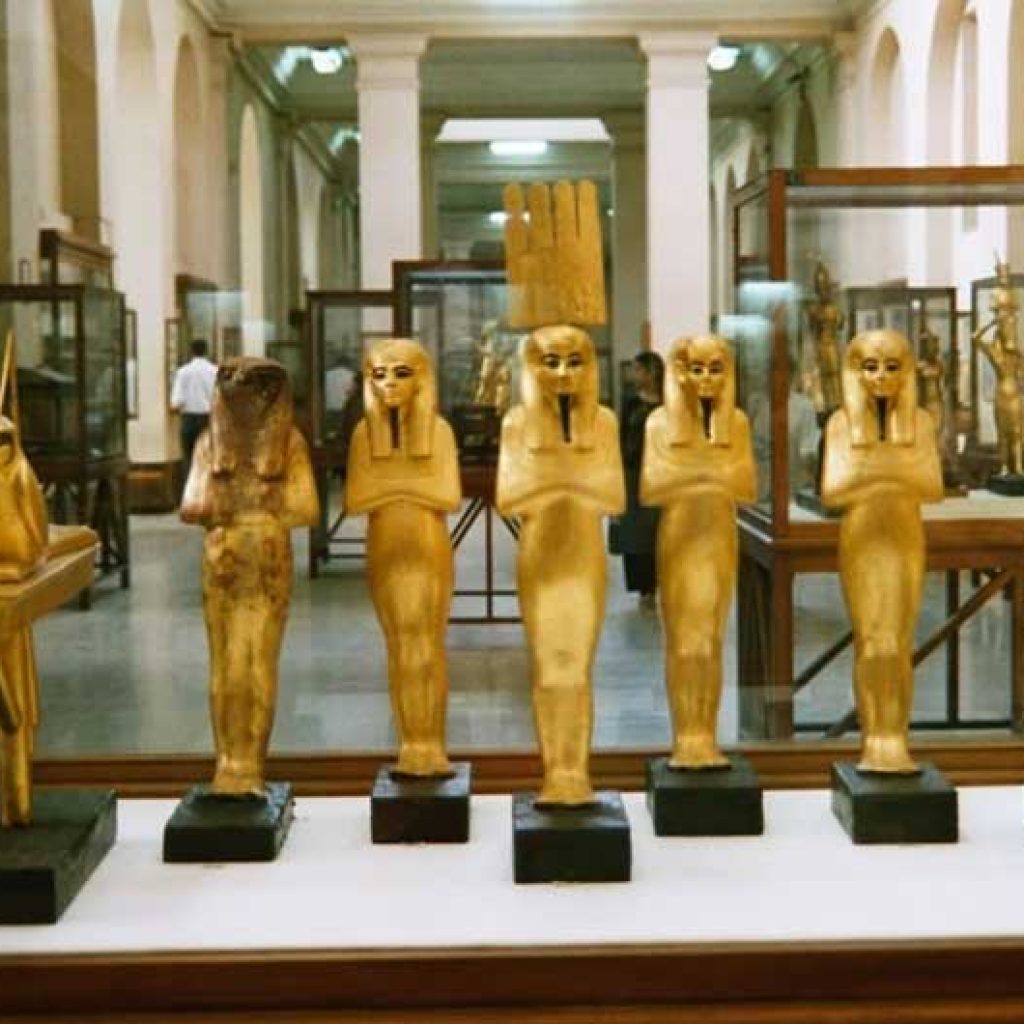
1. Openning hours during day?
The museum is open daily from 9:00 AM to 5:00 PM, with extended hours on Thursdays and Sundays.
2. Is a private guide available at The Egyptian Museum in Cairo?
Yes, there is an entrance fee, with discounted rates for students and Egyptian residents. Additional fees may apply for entry to the Royal Mummy Room.
3. Can I take photos inside The Egyptian Museum in Cairo?
Yes, you can take photos in most parts of the museum, but flash photography is not allowed. Certain special exhibits might also have limitations.
4. How long should I plan to spend at The Egyptian Museum in Cairo?
It’s recommended to allocate at least 3-4 hours to explore the museum thoroughly, especially if you want to visit the Royal Mummy Room and the King Tutankhamun exhibit.
5.Does The Egyptian Museum in Cairo have a gift shop?
Yes, the museum has a gift shop where you can purchase souvenirs, including replicas of famous artifacts, books, and jewelry.
6. Can you take part in guided tours at The Egyptian Museum in Cairo?
Yes, guided tours are available in several languages, offering detailed insights into the museum’s collection.
7. What is the best time of year to visit The Egyptian Museum in Cairo?
The ideal period to visit falls between October and April. During the secooler months, the weather is more comfortable for exploring Cairo and its attractions.





Comment (0)